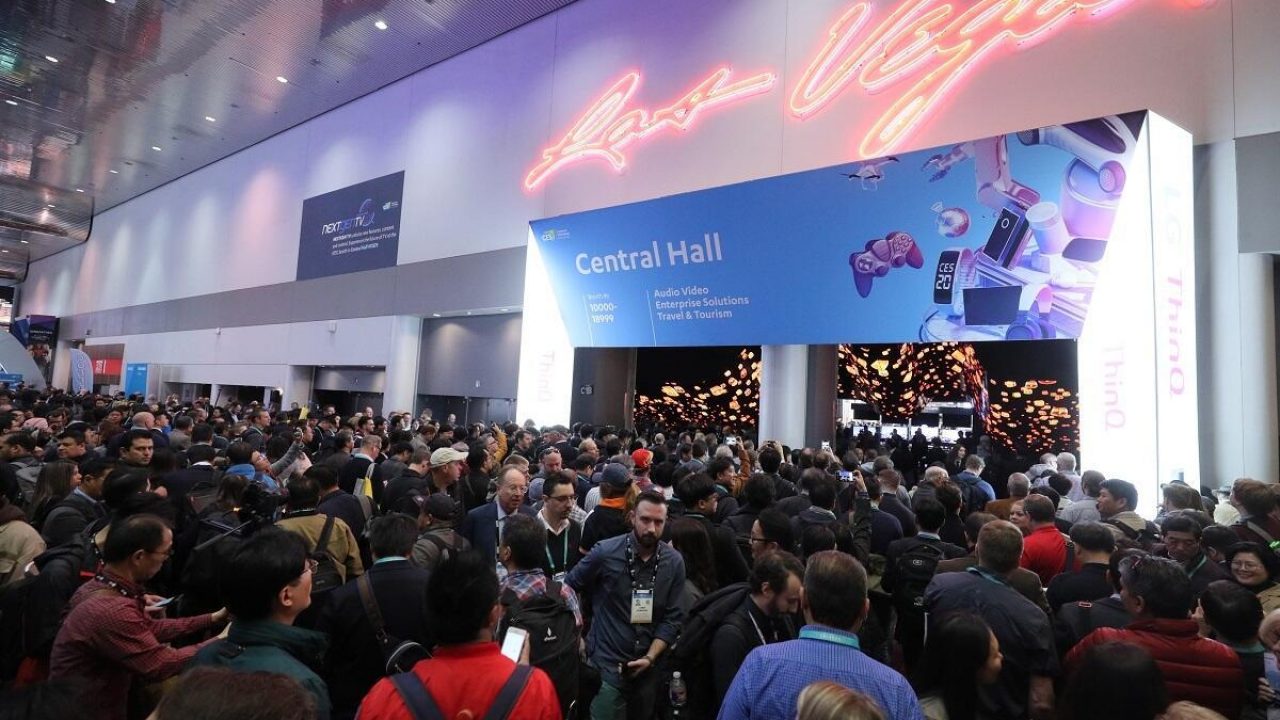CES 2020 and the Supply Chain
Article By : Barbara Jorgensen

The supply chain is one of those things that nobody cares about until something goes wrong. Then it’s everybody’s problem.
The supply chain is one of those things that nobody cares about until something goes wrong. Then it’s everybody’s problem.
Remember the iPhone 8? Production was delayed because of problems with OLED screens, which weren’t even manufactured by Apple. Consumers were incensed, Apple was red-faced, and the supply chain took center stage.
Unfortunately, disaster is the main driver of supply-chain innovation. Resilience — the ability to shift all or part of a supply chain as needed— is mitigating disruption. Many of the technologies showcased at CES 2020 are key enablers of resilience, an expert panel told the audience.
For example, the American Logistics Aid Network (ALAN), which provides supply-chain assistance to disaster relief organizations, uses simulation to prepare for catastrophes, said executive director Kathy Fulton. High-risk areas such as Puerto Rico are plotted on networks as digital twins. Simulated hurricanes or earthquakes then strike the region. If a virtual aid station is destroyed by the event, alternative locations are immediately identified.
“There’s no such thing as shipping something from Point A to Point B,” said Fulton. “The supply chain is now a network.” Organizations should anticipate the loss of a supplier or a physical facility and have alternative plans in the works.
The supply chain’s sphere of influence ranges from individual package delivery to materials flow into factories. But customer-facing organizations are on the front line when something goes wrong.
“We face mini-disasters every day,” said Robin Hensley, vice president for operations technology at UPS. “We call it weather.”
UPS has developed automated sorting centers that can be moved in the event of fires, floods, or other disruption. These centers can be programmed to sort for a specific zip code regardless of location. The process is largely transparent to customers, Hensley said.
Data analytics is the underpinning of many resilience efforts, panelists said. “We have lots of data that is meaningless unless it is used for insight,” Fulton said. “So we use it to improve efficiency, plan routes, or move people and equipment. We can make decisions before a disaster strikes.”
Then there are the gadgets. UPS is already using delivery drones, said Hensley — some of which are FAA-certified. “We are mostly using them on massive campuses, where it could take a half-hour to drive to your destination,” she explained. Drones deliver medical samples that need to be turned around quickly. UPS is also partnering with CVS to deliver medication to individuals.
Tracking technology has become so precise that ALAN uses RFID, electronic barcodes, and other types of tags to ensure that medicine, water, and other aid reaches intended destinations. These supplies are often “hijacked” after they arrive at a distribution hub, Fulton explained. ALAN can pinpoint whether or not medication reaches the right individual. The frequency of lost shipments has been reduced and problematic distribution centers identified.
Even wayward deliveries are improving UPS’s supply chain, Hensley said. UPS uses digital package twins to follow a delivery’s movement. Sometimes, packages head in the wrong direction or even backtrack on their delivery routes.
“We want to know what the heck is happening with those packages,” Hensley said. “So we collect data, analyze it, and plot the best route for delivery. It cuts a lot of time and waste out of the process.”
Consumer items themselves are part of supply-chain resilience efforts. During power outages, Fulton said, phone services are unavailable, but texting services are available. “We use that to get the word out — warning people of impending danger or letting them know where aid services are available,” she said, adding that cities are increasingly moving to 911 text alerts.
UPS has created “pop up” sorting centers that are used during holidays and disasters. Workers use small scanners in these temporary hubs while an earpiece feeds them sorting instructions.
Resilient supply chains anticipate disruption no matter the cause, according to panelists. “Ultimately, the destination is human,” said Hensley.
Subscribe to Newsletter
Test Qr code text s ss



